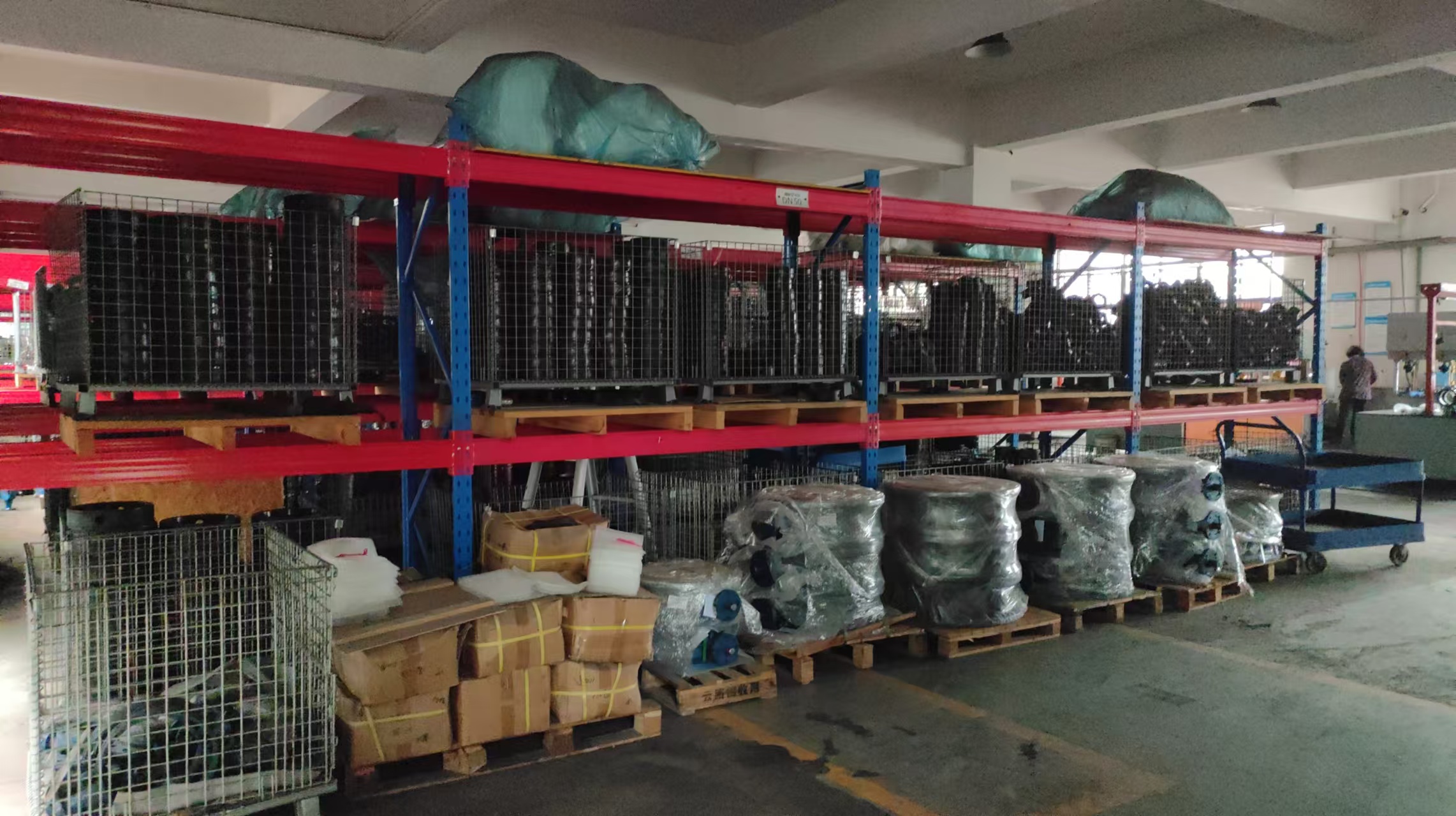Ball Valve, Butterfly Valve & Control Valves: A Guide for the Fluid Industry
Introduction
Valves play a crucial role in the fluid industry, controlling the flow and pressure within pipelines. Among the various types of valves, ball valves, butterfly valves, and control valves are widely used due to their reliability, efficiency, and versatility. This guide provides an overview of these valve types, their applications, and key considerations for selection and use.
1. Ball Valves
Overview
Ball valves are quarter-turn valves that use a hollow, perforated sphere (the ball) to control flow. They offer low fluid resistance and are suitable for on/off applications.
Key Features
- Design: Simple construction with few moving parts, leading to high reliability.
- Operation: Quick and easy to operate; a 90-degree turn of the handle opens or closes the valve.
- Sealing: Typically use soft materials for sealing, providing excellent sealing capabilities.
Applications
Ball valves are commonly used in:
- Water supply and drainage systems
- Oil and gas industries
- Chemical processing
- HVAC systems
Advantages
- Minimal pressure drop
- Tight sealing with low leakage
- Durable and long-lasting
Considerations
- Not ideal for throttling applications, as they can cause turbulence and wear.
2. Butterfly Valves
Overview
Butterfly valves consist of a rotating disc that regulates flow. They are designed for quick shut-off and throttling applications.
Key Features
- Design: Compact and lightweight, requiring less space than other valve types.
- Operation: Can be operated manually or automatically, allowing for flexible control.
- Versatility: Available in various materials, including metal and plastic.
Applications
Butterfly valves are widely used in:
- Water treatment facilities
- Food and beverage processing
- Fire protection systems
- Chemical and pharmaceutical industries
Advantages
- Cost-effective due to low material and installation costs
- Suitable for large diameter applications
- Quick opening and closing
Considerations
- May not provide as tight a seal as ball valves, especially under high-pressure conditions.

(Zhongguan Butterfly Valve Assembly Room)
3. Control Valves
Overview
Control valves regulate flow, pressure, and temperature in a system. They can adjust the flow rate continuously and are often used in automation.
Key Features
- Design: Typically complex, with components like actuators and positioners for precise control.
- Operation: Can be operated manually or through automation systems for remote control.
- Feedback: Equipped with sensors for real-time monitoring and adjustments.
Applications
Control valves are essential in:
- Power generation
- Oil refining
- Chemical manufacturing
- Water distribution systems
Advantages
- Provide precise control over process variables
- Improve efficiency and safety in operations
- Can be integrated into automated systems for enhanced functionality
Considerations
- Higher initial costs due to complexity and additional components.
- Require regular maintenance to ensure optimal performance.
Conclusion
Choosing the right valve for specific applications in the fluid industry is crucial for ensuring efficiency, reliability, and safety. Ball valves are ideal for on/off control, butterfly valves provide excellent space-saving solutions for throttling, and control valves are essential for precise regulation of flow and pressure. Understanding the strengths and limitations of each valve type will help in making informed decisions that enhance operational performance.


